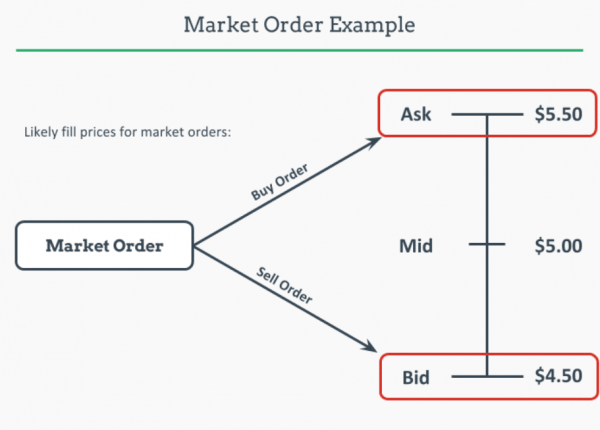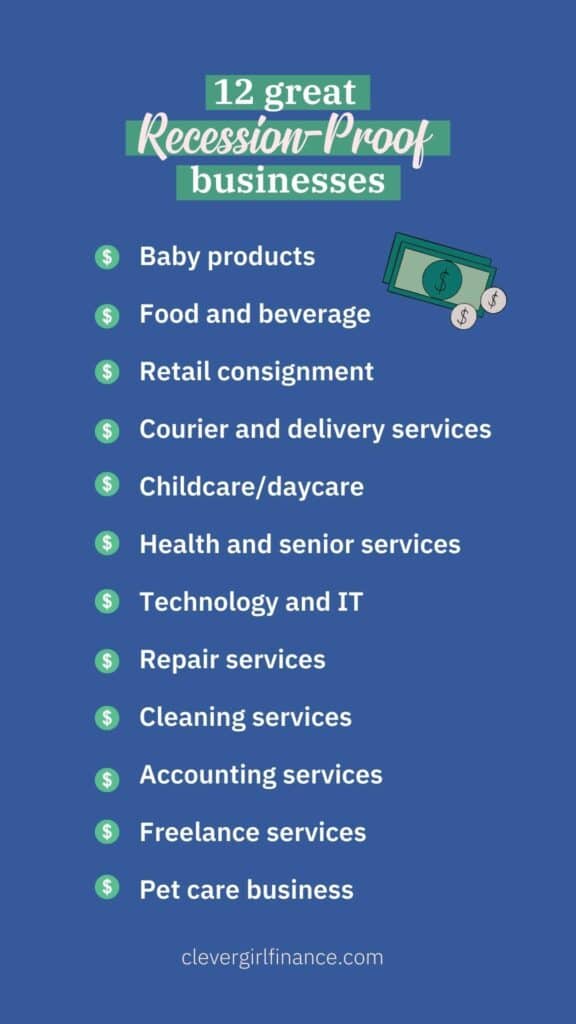
You might need to make a change to your bank account in order to log into your TreasuryDirect account. This can be done by obtaining your bank's routing numbers, which are nine-digit numbers. This number is available in an email from TreasuryDirect. To use the services, you will need to log into your account once you have it.
Having difficulty logging into Treasurydirect
There are several things you can do if you have difficulty logging into TreasuryDirect. First, make sure that you have registered your computer for TreasuryDirect. An OTP will be required to log in if you have not yet registered your computer for TreasuryDirect. Once you click "Submit", your account number will be entered. You will then receive an OTP (One-Time Passcode). After entering the code, you will be asked to enter it into the appropriate section of the website.
Next, you will need to verify your bank account details. When signing up for TreasuryDirect, users usually submit their bank account details. They may need to submit additional documentation if these details change. This paperwork is called a "Sign Guaranteed Seal," and it is used to prevent identity fraud. Always link your TreasuryDirect account and an account you intend to keep open over time.

Change your bank account
The TreasuryDirect login service allows you to change your bank's online account features if you aren't satisfied. You can access the service in a number of languages, or you can use a paper form. You can choose to change your account by either designating another bank account via email or telephone. These steps will allow you to change your account information.
First, create a password. Your password must be unique. Three security questions will be required after you choose a password.
Registering for an account
In just a few steps, you can create a TreasuryDirect account. First, you'll need to choose a password and security questions. It is important that your password be unique. If you are worried about someone finding your password, you may place a hold. This holds prevents other users from performing certain transactions in your account.
You will then need to create a password with at least eight characters. It is possible to use both numbers and letters. However, you should avoid using special characters like "#".. A simple, easy-to-remember choice is also important. As an example, you might use a caption or image to aid your memory. You will also have to set a budget for how much money per year.

Redeem a savings Bond
Online redemption of savings bonds is possible through TreasuryDirect. But there are steps that you must take before you can redeem one. Registering your bond is the first step. This will decide who will receive the interest and who is allowed to cash it. You can also register your savings bond to ensure that the savings bond is paid out in the event of the owner's death. You can register your savings card in one of three ways.
It's simple. First, you need to make sure you have a valid account number. Next, log in to TreasuryDirect. You can also verify you identity using your email address or password. This will protect your account from identity theft.
FAQ
What are the benefits of investing in a mutual fund?
-
Low cost - buying shares directly from a company is expensive. A mutual fund can be cheaper than buying shares directly.
-
Diversification - Most mutual funds include a range of securities. One type of security will lose value while others will increase in value.
-
Professional management – professional managers ensure that the fund only purchases securities that are suitable for its goals.
-
Liquidity- Mutual funds give you instant access to cash. You can withdraw your money whenever you want.
-
Tax efficiency- Mutual funds can be tax efficient. You don't need to worry about capital gains and losses until you sell your shares.
-
Purchase and sale of shares come with no transaction charges or commissions.
-
Mutual funds can be used easily - they are very easy to invest. All you need is money and a bank card.
-
Flexibility – You can make changes to your holdings whenever you like without paying any additional fees.
-
Access to information - You can view the fund's performance and see its current status.
-
You can ask questions of the fund manager and receive investment advice.
-
Security – You can see exactly what level of security you hold.
-
Control - The fund can be controlled in how it invests.
-
Portfolio tracking - you can track the performance of your portfolio over time.
-
Easy withdrawal - You can withdraw money from the fund quickly.
Investing through mutual funds has its disadvantages
-
Limited investment options - Not all possible investment opportunities are available in a mutual fund.
-
High expense ratio - Brokerage charges, administrative fees and operating expenses are some of the costs associated with owning shares in a mutual fund. These expenses will eat into your returns.
-
Lack of liquidity: Many mutual funds won't take deposits. They must be purchased with cash. This restricts the amount you can invest.
-
Poor customer service - there is no single contact point for customers to complain about problems with a mutual fund. Instead, you need to contact the fund's brokers, salespeople, and administrators.
-
Rigorous - Insolvency of the fund could mean you lose everything
What is security in the stock exchange?
Security is an asset that generates income. The most common type of security is shares in companies.
Different types of securities can be issued by a company, including bonds, preferred stock, and common stock.
The earnings per shared (EPS) as well dividends paid determine the value of the share.
You own a part of the company when you purchase a share. This gives you a claim on future profits. If the company pays a dividend, you receive money from the company.
Your shares may be sold at anytime.
Why is a stock called security.
Security is an investment instrument whose value depends on another company. It can be issued by a corporation (e.g. shares), government (e.g. bonds), or another entity (e.g. preferred stocks). The issuer can promise to pay dividends or repay creditors any debts owed, and to return capital to investors in the event that the underlying assets lose value.
Statistics
- "If all of your money's in one stock, you could potentially lose 50% of it overnight," Moore says. (nerdwallet.com)
- For instance, an individual or entity that owns 100,000 shares of a company with one million outstanding shares would have a 10% ownership stake. (investopedia.com)
- Individuals with very limited financial experience are either terrified by horror stories of average investors losing 50% of their portfolio value or are beguiled by "hot tips" that bear the promise of huge rewards but seldom pay off. (investopedia.com)
- The S&P 500 has grown about 10.5% per year since its establishment in the 1920s. (investopedia.com)
External Links
How To
How to make a trading plan
A trading plan helps you manage your money effectively. It will help you determine how much money is available and your goals.
Before you start a trading strategy, think about what you are trying to accomplish. It may be to earn more, save money, or reduce your spending. You might want to invest your money in shares and bonds if it's saving you money. You can save interest by buying a house or opening a savings account. Perhaps you would like to travel or buy something nicer if you have less money.
Once you know your financial goals, you will need to figure out how much you can afford to start. This depends on where your home is and whether you have loans or other debts. It is also important to calculate how much you earn each week (or month). Your income is the net amount of money you make after paying taxes.
Next, you will need to have enough money saved to pay for your expenses. These include bills, rent, food, travel costs, and anything else you need to pay. Your total monthly expenses will include all of these.
The last thing you need to do is figure out your net disposable income at the end. That's your net disposable income.
Now you know how to best use your money.
To get started, you can download one on the internet. Ask an investor to teach you how to create one.
Here's an example: This simple spreadsheet can be opened in Microsoft Excel.
This displays all your income and expenditures up to now. It also includes your current bank balance as well as your investment portfolio.
Here's another example. This was created by an accountant.
This calculator will show you how to determine the risk you are willing to take.
Remember: don't try to predict the future. Instead, focus on using your money wisely today.